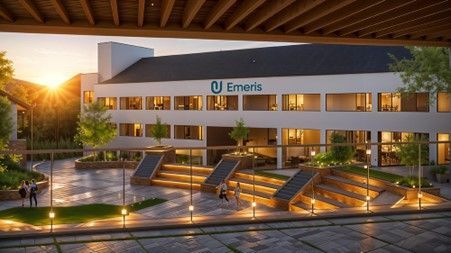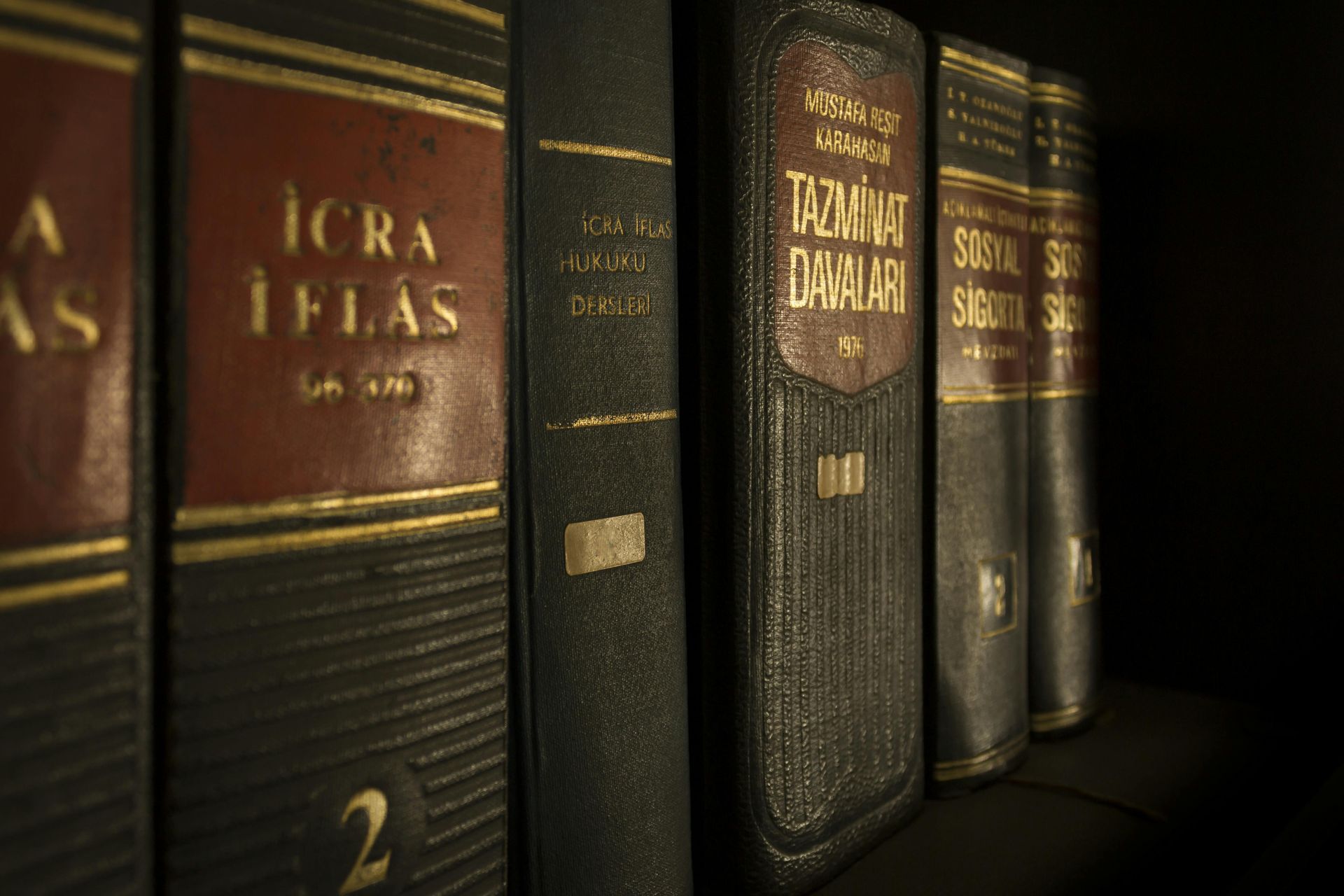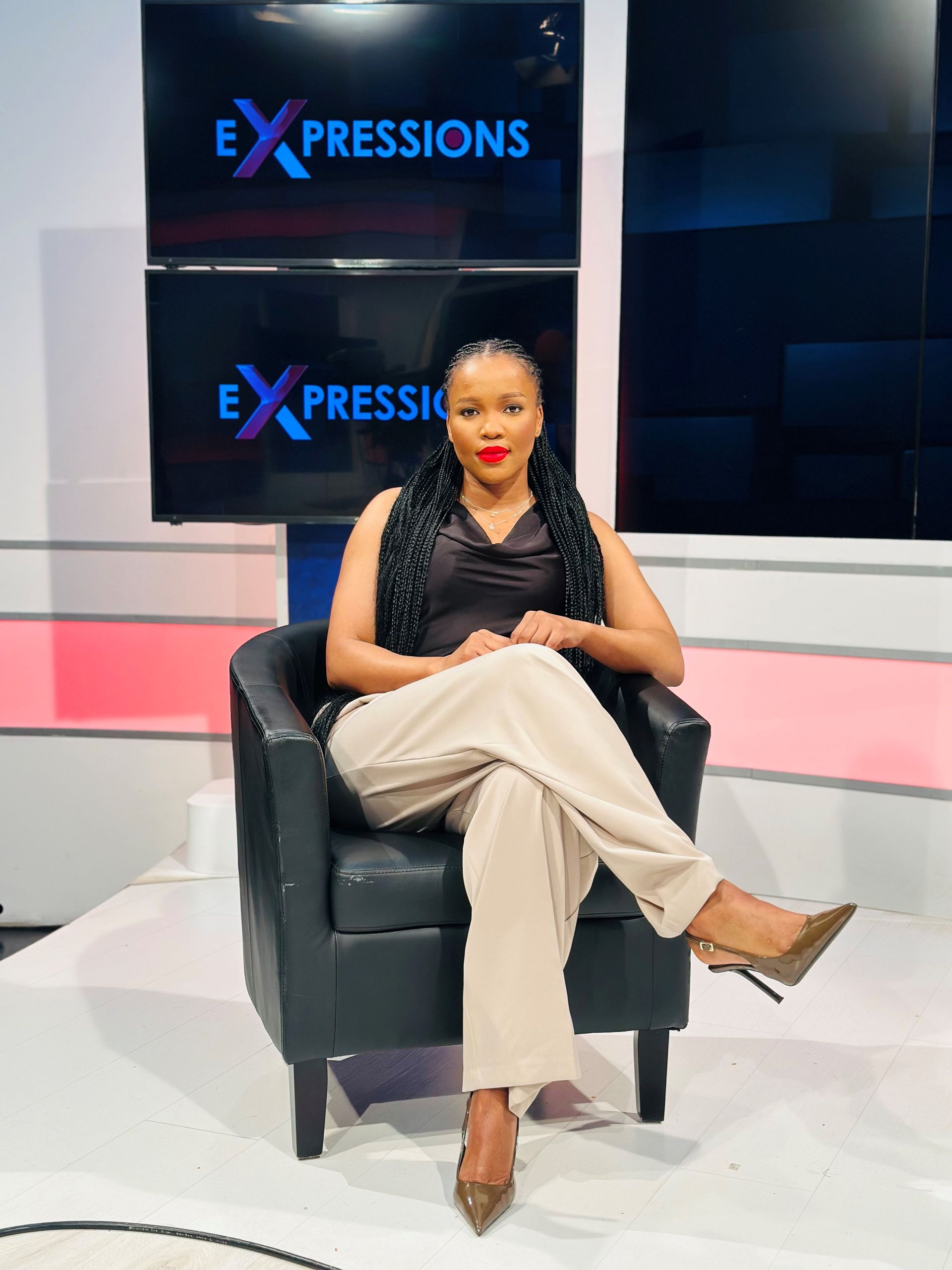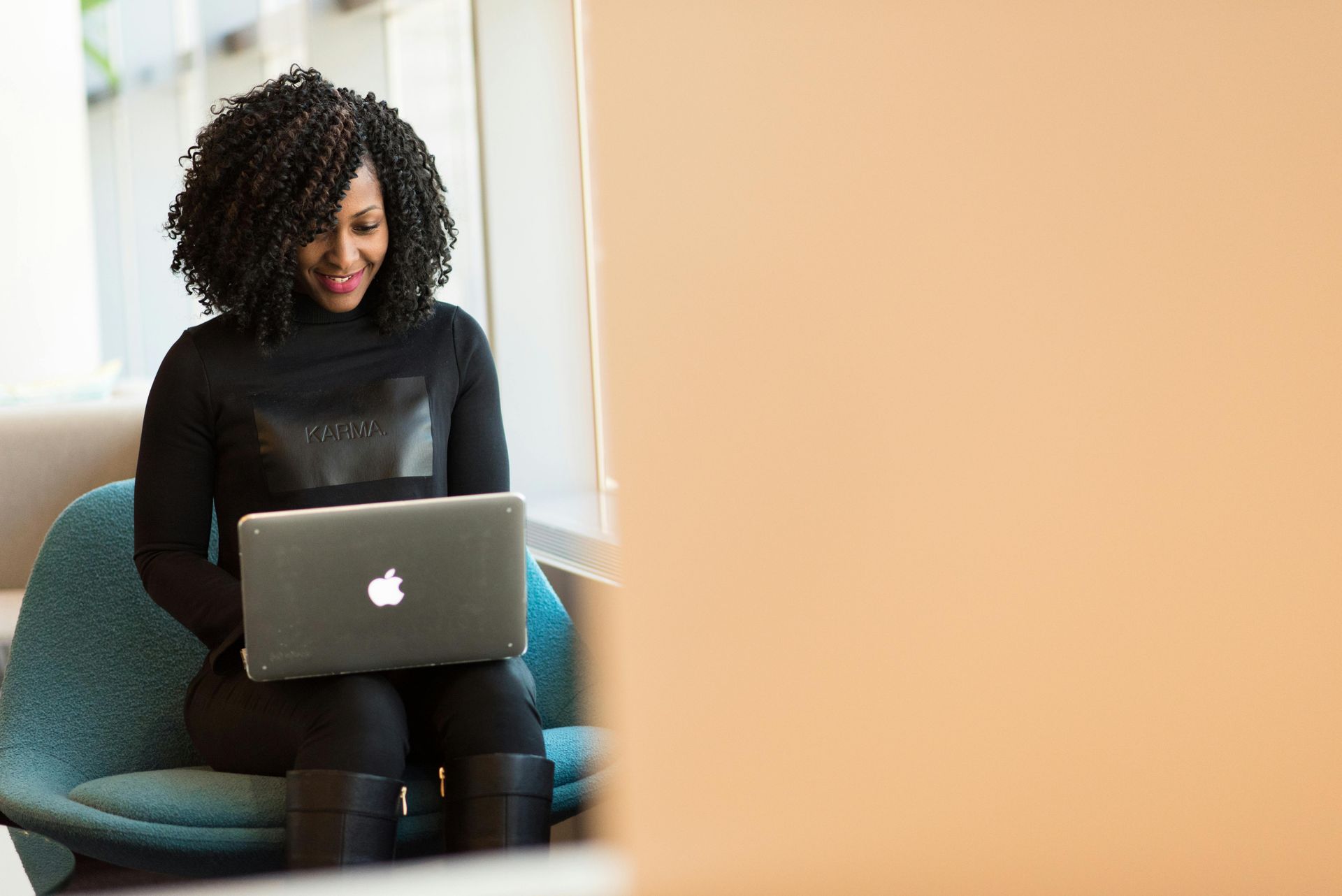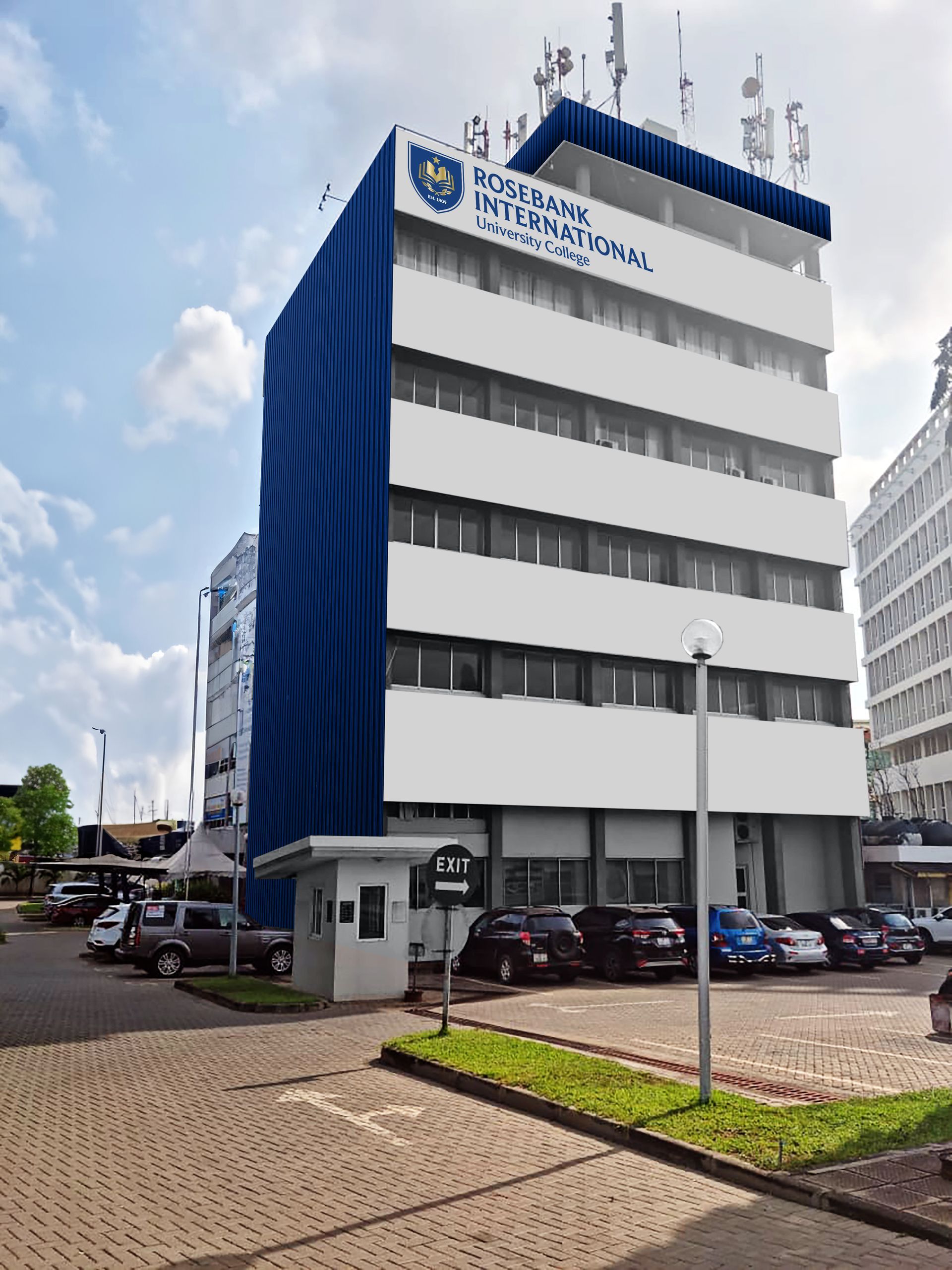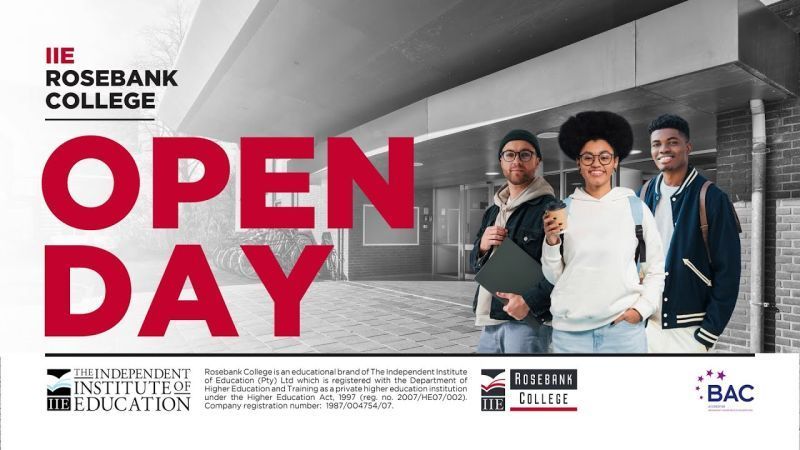PATHWAYS TO PROGRESS: 3 KEY STEPS TO EXPANDING ACCESS TO QUALITY HIGHER EDUCATION IN SA
Urgent work required to ensure equitable access

Higher education in South Africa continues to face challenges rooted in the country’s history and is exacerbated by economic, social, and systemic barriers. While initiatives in recent decades show promise in making quality higher education more accessible, affordable, and inclusive, a number of factors must be addressed with urgency, an expert says.
“Key to recent improvements are the efforts of both public and private institutions, including government programmes, and partnerships that collectively aim to meet the needs of underserved communities. It is time for a concerted effort to build on the foundation that was laid in this regard,” says Taryn Migatchev, Deputy Registrar: Operations and Certification at The Independent Institute of Education, SA’s leading private higher education provider.
Migatchev notes that despite progress, access to quality higher education remains one of the primary challenges facing young South Africans, especially those from economically disadvantaged backgrounds.
“The high cost of tuition, lack of financial resources, and the competitive nature of university admissions make it close to impossible for hundreds of thousands of prospective students every year to gain access to a quality education,” she says.
FUNDING AND CAPACITY
Migatchev notes that while initiatives such as the National Student Financial Aid Scheme (NSFAS) are meant to break down the financial barriers to entry, it only applies to study at public universities with their limited capacity.
Private higher education institutions may have bursary programmes and scholarship funds targeted at marginalised and underserved students in place, but these are limited.
While private institutions are not government-subsidised, they are able to expand capacity much more readily than state universities, which means, with improved funding models, thousands more students could be accommodated annually.
THE NEED FOR FLEXIBLE ENTRY PATHWAYS AND GREATER SUPPORT
One significant difference between public and private higher education in South Africa is the more supportive and flexible admission policies often found in private institutions.
Prospective public university students are, due to limited space, subject to meeting stringent admission criteria even where a more holistic view of the candidate would demonstrate their ability to successfully pursue higher education studies.
“Many private institutions recognise the need for inclusivity and understand that traditional admission criteria may exclude capable students due to historical and educational inequalities”, says Migatchev.
“As a result, quality higher education institutions have developed alternative admission routes and flexible entry pathways which allow students to demonstrate potential through other measures, beyond their high school grades alone.”
Additional support is given by private institutions that often offer smaller class sizes, which enable more personalised instruction and support for students.
“This individualised approach can be particularly beneficial for students who may require additional support as they transition into higher education. The supportive environments at top tier private institutions are instrumental in helping students from diverse backgrounds succeed in higher education, which in turn contributes to a more diverse and inclusive higher education landscape.”
LEVERAGING PUBLIC-PRIVATE PARTNERSHIPS
Private higher education institutions are playing an increasingly important role in expanding access to quality education in South Africa. Many private institutions have specialised in high-demand fields, such as business, engineering, law and information technology, which offer promising career prospects. Furthermore, they often operate with greater flexibility, providing better support and learning options to students.
“The presence of private institutions, in addition to the public system in the higher education landscape, not only offers students additional choices but also fosters a competitive environment that can drive improvements in educational quality and accessibility across the sector,” Migatchev says.
While much has been achieved, further work is urgently needed to ensure equitable access to quality higher education in South Africa within years – not decades. This can be achieved through stepped-up collaboration between government and private institutions.
“By addressing financial barriers, promoting flexible admission routes, and leveraging partnerships to reach underserved communities, the country can continue to improve the personal and career prospects of more young South Africans. This will ensure an increasingly inclusive higher education system that can empower future generations and support sustainable development: the necessary move toward building a prosperous and equitable society.”

